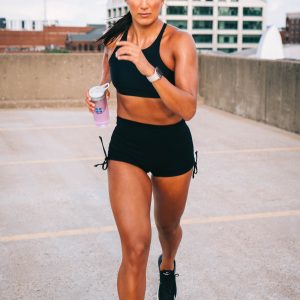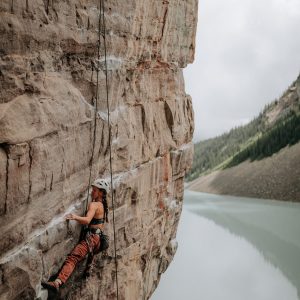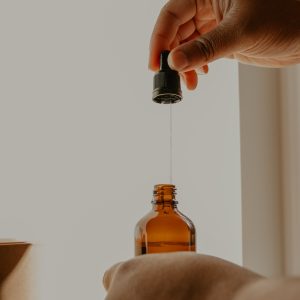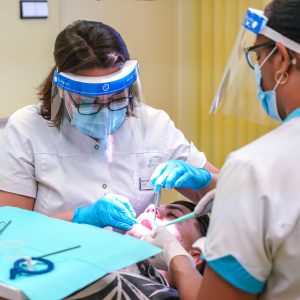What are varicose veins?
Varicose veins are enlarged veins that can be found anywhere on your body, but mainly on the legs and feet, because of the increase of pressure your body puts on them. Varicose veins can be very painful causing discomfort for those that are suffering from them. And sometimes the varicose veins may even lead to more serious health problems.
What causes varicose veins?
Let’s start off with discussing what veins do for our body. Veins and arteries work together to circulate blood throughout our bodies. The arteries carry blood from the heart to the tissues, while the veins return blood to your heart. To return blood to your heart, the veins in your legs have to work against gravity. The muscle contractions in the legs act as a pump along with the elastic vein walls and valves to help return the blood. So, what factors may cause the veins and all their parts to properly not work?
Age- The risk for varicose veins increases with age. Aging can cause wear and tear on the valves, which can result in the blood flowing back down into your veins, collecting instead of flowing up.
Pregnancy- When you are pregnant, the amount of blood in your body increases, but decreases the flow of your blood from your legs to your pelvis. This circulatory change is designed to help the growing fetus but can result in varicose veins.
Family History-Just like other health issues, family history can play a role in why you have varicose veins.
Obesity- Being overweight and bearing that weight on your legs can add unwanted pressure on the veins causing them to struggle with circulating the blood flow back up to the heart. If this is the case, your veins will become enlarged forming varicose veins.
Standing or sitting for too long- To increase blood flow, it’s best if you do not stand or sit in the same position for too long. Try to move and bend your legs as often as you can, when you know that you will be sitting or standing for long period.
What treatment options are available?
Luckily there are treatment options for varicose veins! Here are the treatments.
Spider & Varicose Vein Treatment – Sclerotherapy: Sclerotherapy is a non-surgical office procedure that can treat most diseased surface veins. Medication is injected into a vein using special needles and syringes.
Surface Varicose Vein Treatment – Ambulatory Phlebectomy: An ambulatory phlebectomy is a minimally invasive procedure that removes large surface varicose veins. After local anesthesia, the diseased veins are pulled up and delicately removed through very small punctures that do not require stitches.
An End to Outdated Vein Stripping Techniques – The VNUS Closure Procedure: Using ultrasound; a Closure catheter is positioned into the diseased vein, through a small opening in the skin. The tiny catheter delivers radiofrequency (RF) energy to the vein wall. As the RF energy is delivered and the catheter is withdrawn, the vein wall is heated, causing the collagen in the wall to shrink and the vein to close.










